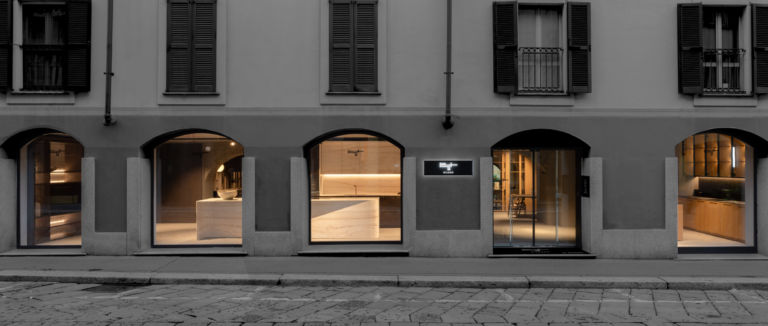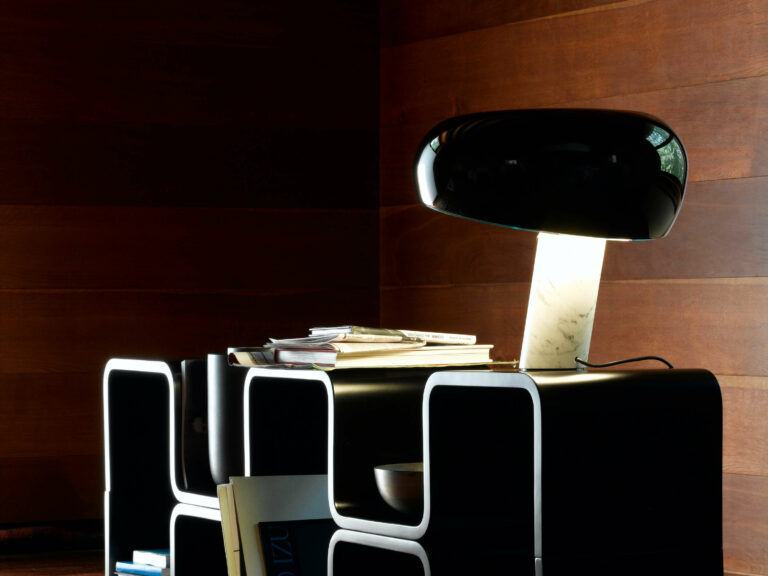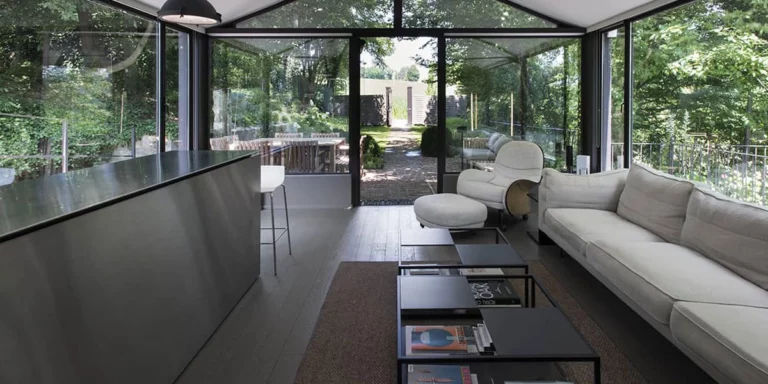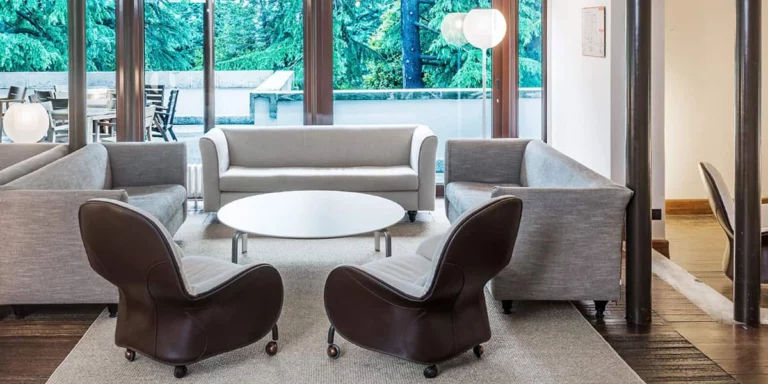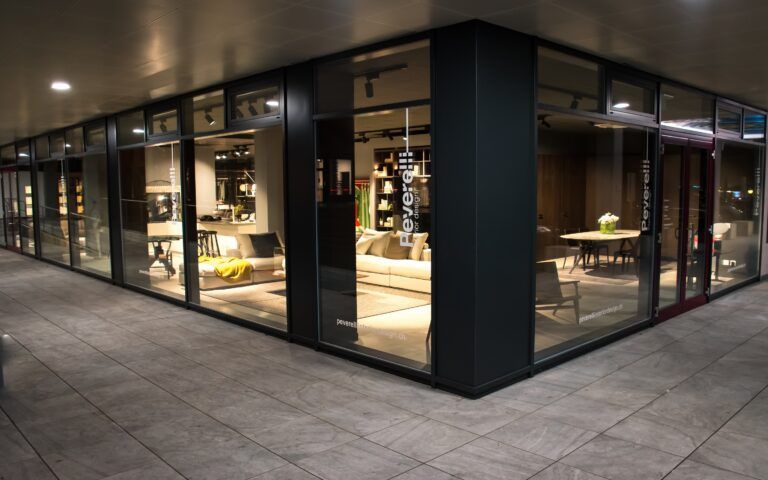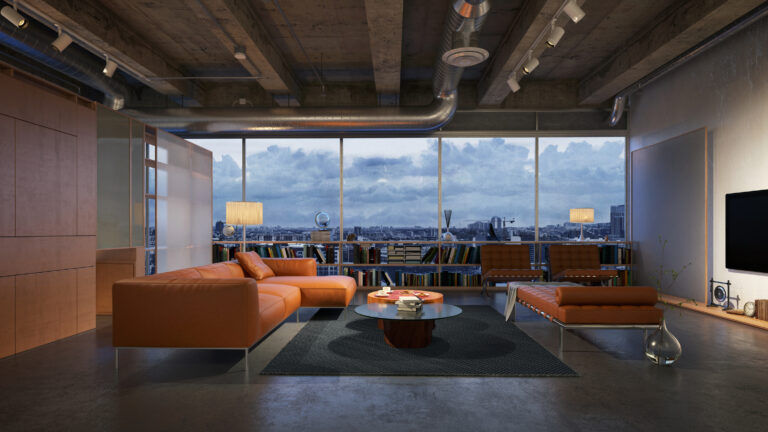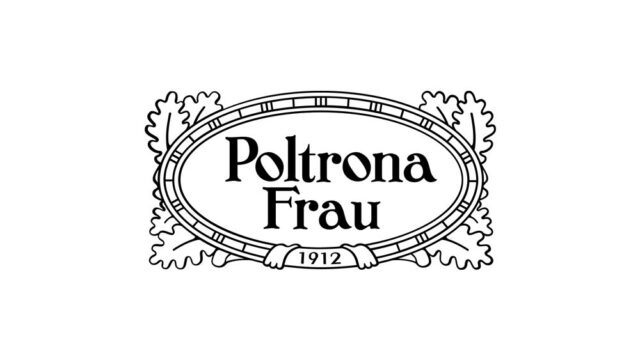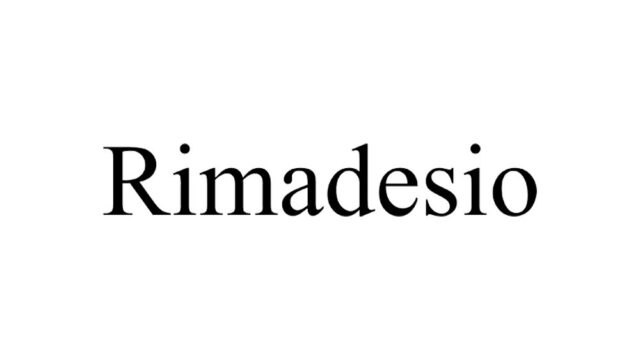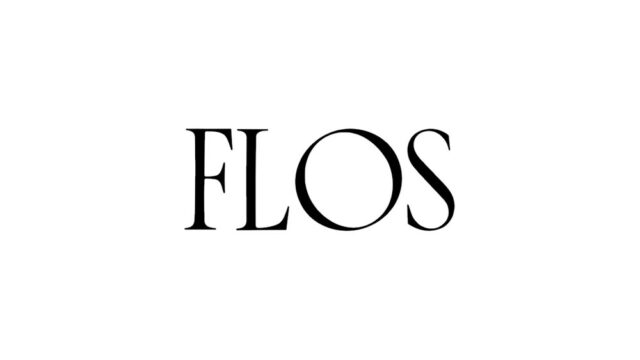

French style in the 1700s
The impact in furnishing
A journey back in time: French furniture in the 1700s
Let us go back to the sumptuous French period of the 1700s, a historical phase when opulence and grandeur were the key words in domestic furniture design. French design of this era was embellished with minute details, luxurious fabrics and ornamental decorations that transcended elegance and refinement. The French aristocracy had a penchant for luxury, and their residences reflected this passion for magnificence.
From the Palace of Versailles to the private homes of the wealthy, the French style of the 1700s remains an immortal testimony to the country's cultural and artistic heritage. Now, let us explore the world of French furniture from the 1700s and discover the timeless beauty and exceptional craftsmanship that characterised this period. "sensation.
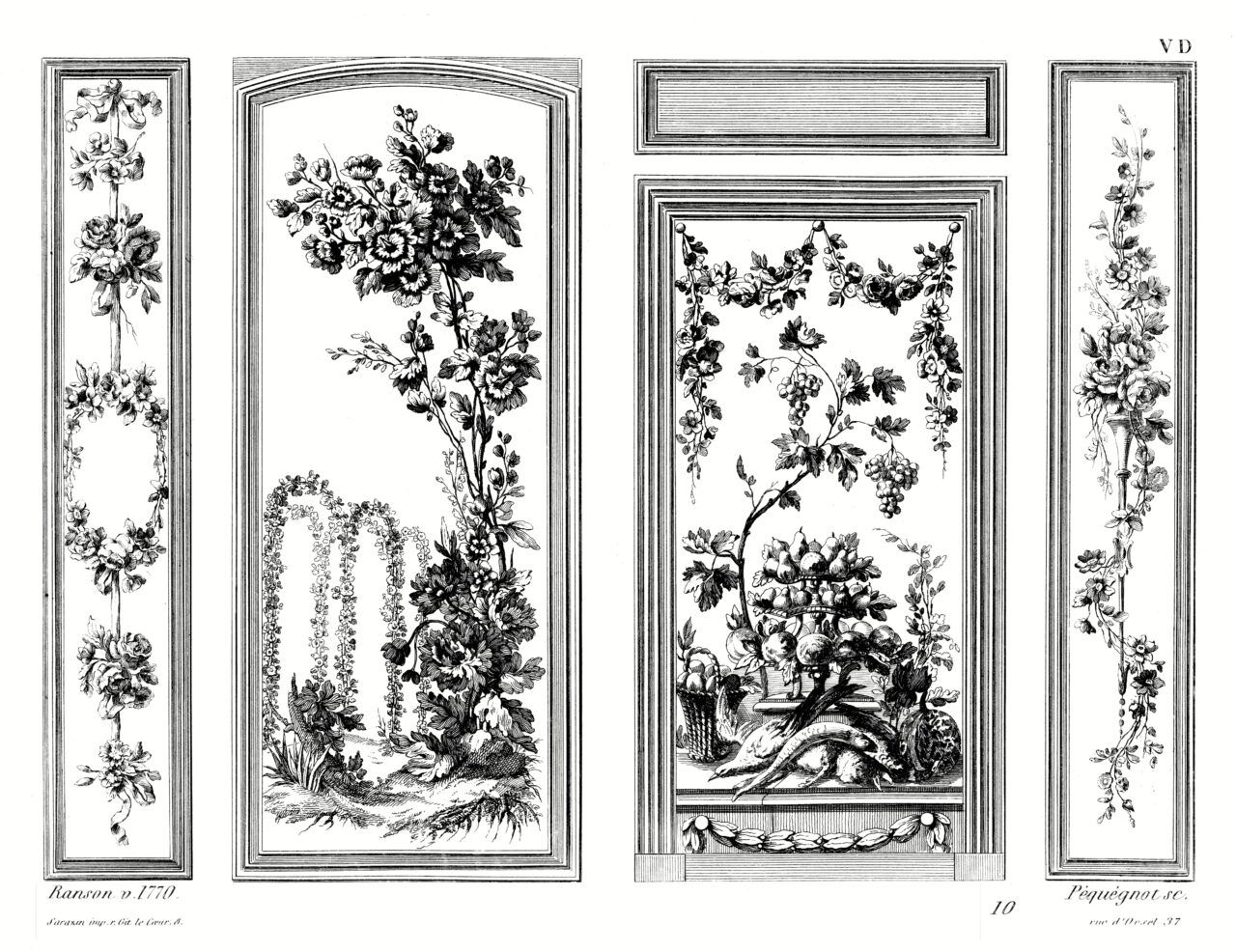
When the Past Influences the Present: The Legacy of 18th Century French Furniture in Contemporary Design
In the 18th century, France was at the height of its power and cultural influence, and its grandeur was reflected in the interior design of its homes. The furnishings were majestic and sumptuously decorated, highlighting the expertise of French craftsmen. This is also a reference era for contemporary furniture, the roots of which can often be found in the aesthetics of that period, both in form and materials.
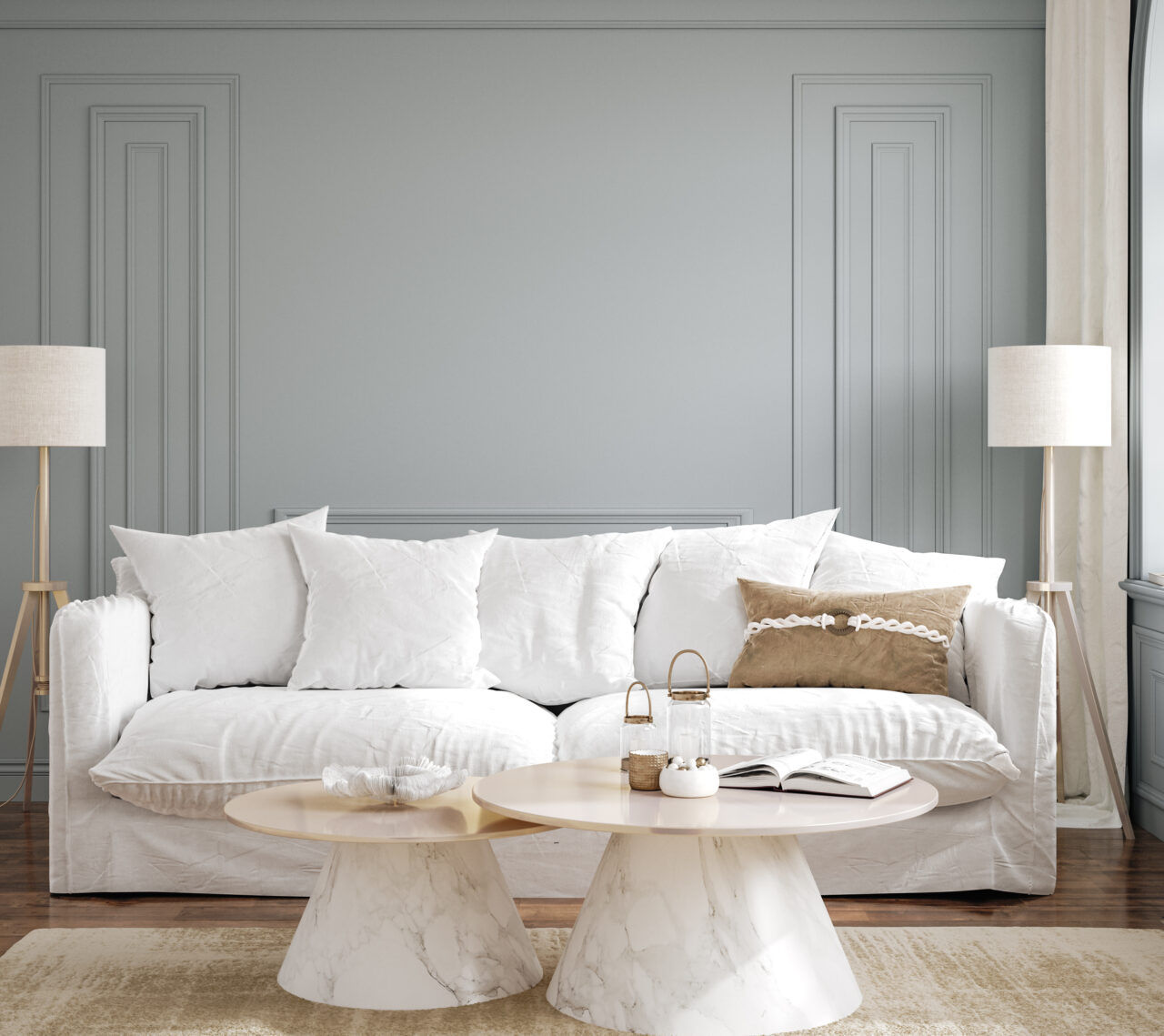
Historical Links: How the Rococo, Louis XV and Louis XVI Styles Influence Contemporary Design
During the golden age of French design, three main styles followed one another: the Rococo, Louis XV and Louis XVI styles. Each style had a significant impact on contemporary design. For example, the sinuous lines and predilection for detail of the Rococo can be found in contemporary furniture with soft curves and intricate detailing. The cleaner lines and elegance of the Louis XV period are reflected in the minimalist approach of many contemporary designers. Finally, the refined elegance and white painted furniture with gilding and inlays of the Louis XVI style are a constant reminder in modern luxury design.
In contemporary design, the influence of fabrics and colours from the French era of the 1700s is evident. The luxurious and richly decorated fabrics of the past can be found in today's trends that emphasise quality and detailed workmanship. In addition, pastel colours and floral motifs, popular in the 18th century, are again fashionable in contemporary interior design, often used to create a serene and cosy atmosphere.

Rediscovering Elegance: Incorporating 18th Century French Art into Contemporary Design
If you want to incorporate the essence of the French style of the 1700s into your home, there are several ways to do so. You can incorporate original antiques or opt for replicas of French-style furniture. If you prefer a more modern approach, consider incorporating French details such as gold details, floral prints or pastel colours into your contemporary furniture. Furniture with sinuous curves and intricate details can also bring a French touch to your home, combining historical elegance with modern comfort.
Designers of the era, such as Jean-François Oeben and Georges Jacob, who created pieces for Queen Marie Antoinette and King Louis XVI, left an indelible imprint on the field of furniture. Their influences can still be seen in contemporary pieces, with a hint of royal splendour that persists in many of today's designs
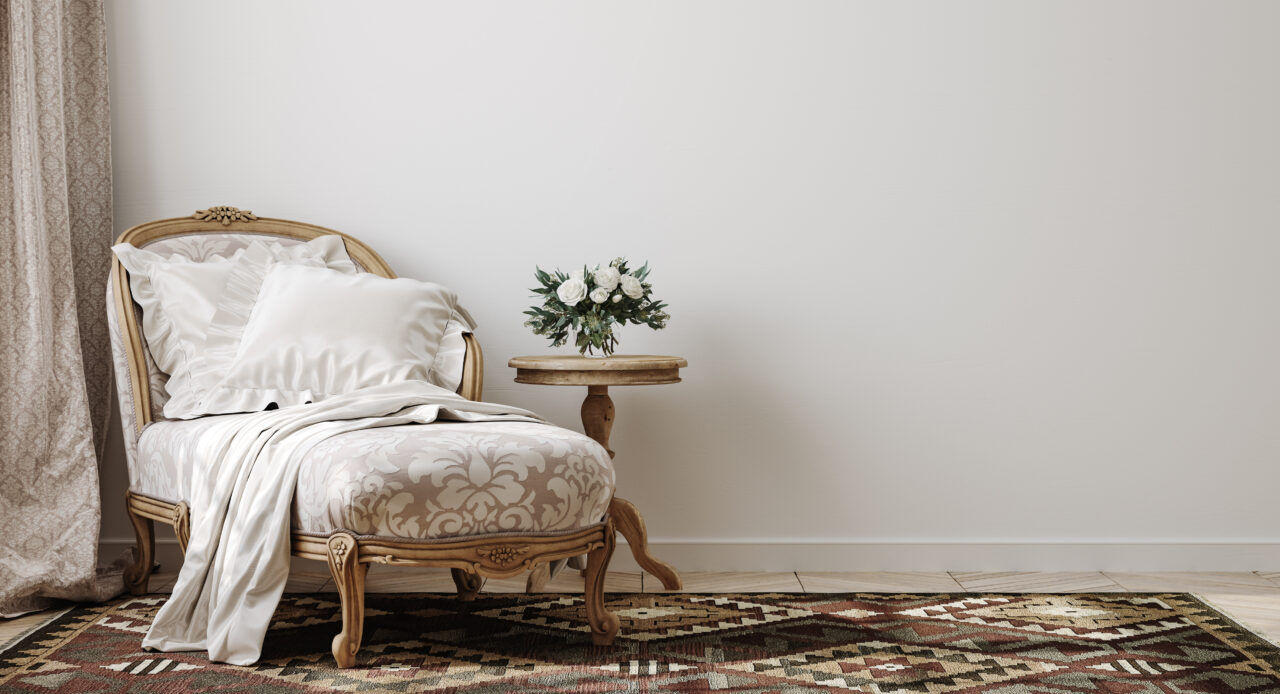
Overall, the influence of the French style of the 1700s on contemporary furniture is undeniable. Its rich cultural heritage, sophisticated craftsmanship techniques and attention to detail are reflected in the most iconic pieces of modern design. Whether you are looking to create an opulent ambience that evokes the elegance of the French court, or simply wish to incorporate a touch of French style into your home, the 1700s era offers an abundance of inspiration
Mood, ideas, news
Did it inspire you? Read also
